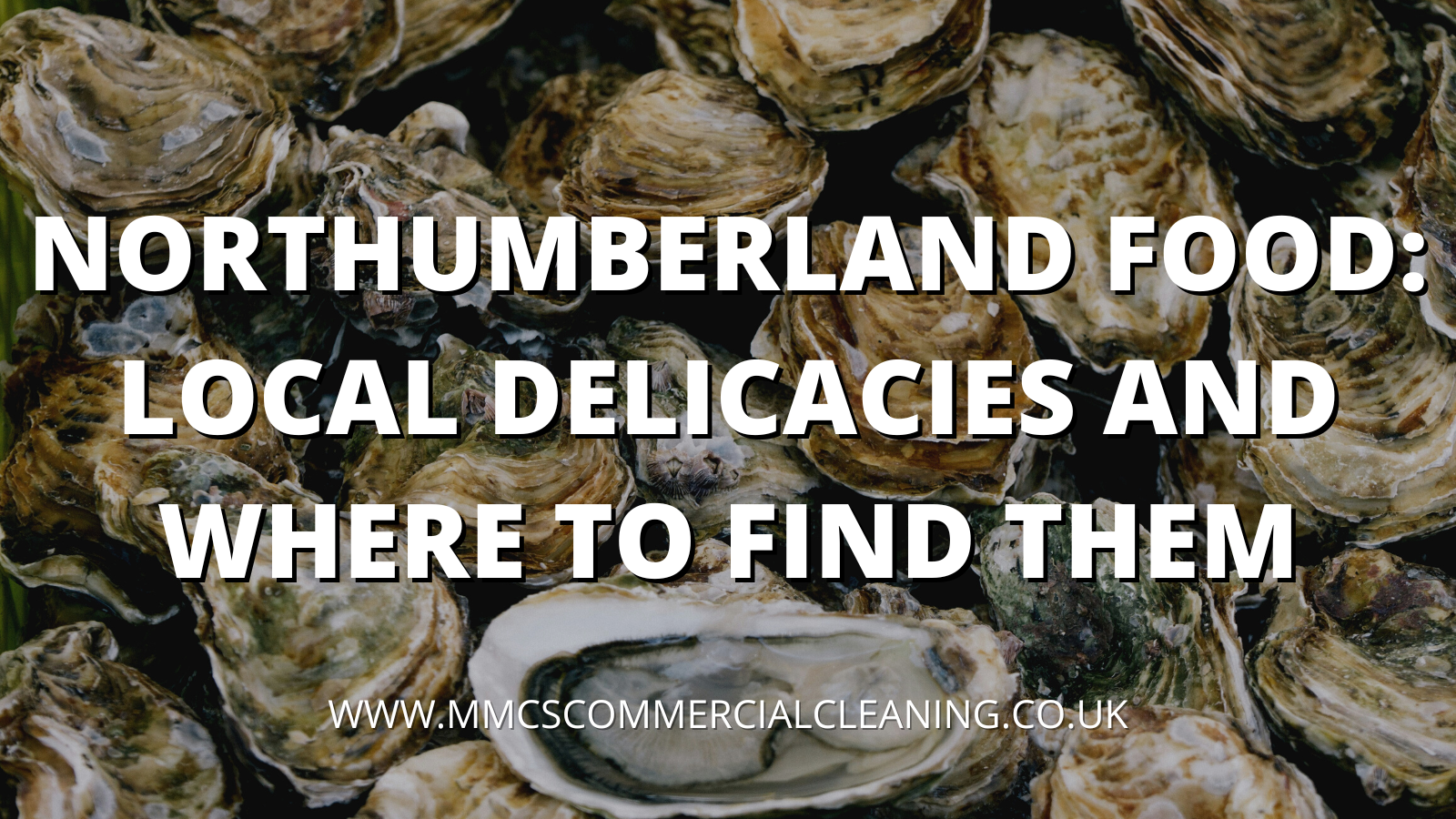How to Remove Mould Naturally
Mould loves growing in dark, humid spaces and in the right conditions can spread quickly. Not only does it look unsightly but if left untreated can worsen respiratory illnesses as well as irritating asthma and allergies.
Bathrooms, kitchens and basements have high levels of moisture and are at the highest risk of growing mould and bacteria but rather than turning to harsh chemicals such as bleach, there are natural ways to tackle mould in your property. We’ve put together some simple natural methods of killing mould without causing additional harm to your pets, family or property. Find out how to remove mould naturally below.
We’re a cleaning company based in the North East with over twenty years of experience in cleaning properties around your schedule. From one-off deep cleans to regular office cleans, our trained staff work to make your property sparkle without using any harsh chemicals.
Discover our range of cleaning services here.
How to Remove Mould Naturally
How to remove mould with vinegar
Vinegar is one of nature’s most powerful cleaners. Its high acidic properties clean, deodorise and disinfect surfaces quickly without having to use chemicals such as bleach. It is powerful enough to kill most mould species, including black mould, on a range of surfaces.
Pour undiluted white vinegar into a spray bottle and spray over the mouldy surface. Leave for at least one hour.
Scrub the mould with a soft brush before wiping the area with a soft and water to remove taxes of vinegar. Leave to air dry.
Although the vinegar initially leaves a strong smell, the odour will soon dissipate. The vinegar also acts like a mould deterrent to prevent further growth.
Repeat this process until the mould has been fully removed.
How to remove mould with baking soda
Baking soda is a natural disinfectant and although mild is an effective way to remove mould naturally. Simple dissolve baking soda into a water solution (add a few teaspoons of white vinegar for particularly bad mould to cause a slight fizzing reaction) and spray onto the surface.
Let it sit for at least one hour before scrubbing with a brush and wipe down with a damp cloth and water.
Spray one final time to prevent mould from growing back.
How to remove mould with lemons
Lemons also have high acidic lemons which make them effective as a natural deodoriser, antiseptic and cleaner, as well as having the capacity to break down black mould.
Juice at least four lemons into a cup (make some holes with a toothpick and microwave for a few seconds to make this process easier) and pour over the mouldy area.
Let the solution sit for up to ten minutes before scrubbing and wiping the surface with a damp towel. The natural odours of the lemon will fill your property with a pleasant scent as well as remove tough mould stains.
Repeat as necessary until the mould has been removed.
This simple guide highlights environmentally friendly ways how to remove mould naturally.
Browse our blog for more natural cleaning tips to easily incorporate into your cleaning routine.



